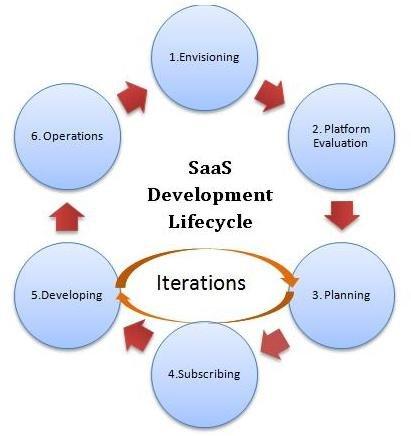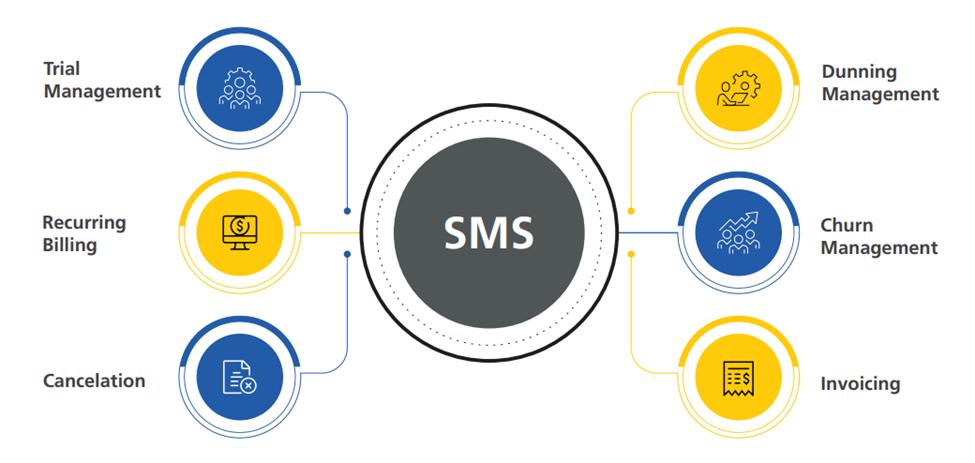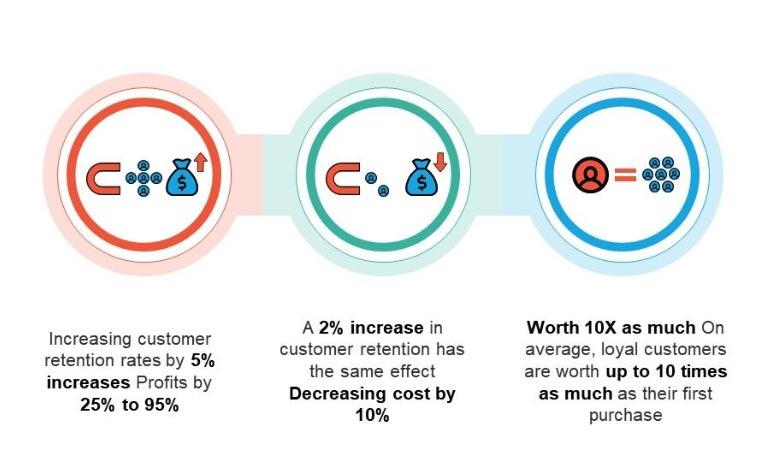In the rapidly evolving landscape of digital services, mastering Software as a Service (SaaS) subscription management has emerged as a pivotal challenge for businesses of all sizes. As organizations increasingly rely on subscription models to deliver their products and services, the ability to effectively manage these subscriptions becomes not just a necessity, but a determinant of long-term success. This article delves into the core strategies that empower companies to navigate the complexities of SaaS subscription management, offering insights into optimizing customer experiences, enhancing revenue streams, and streamlining operations. Whether you’re a startup charting your course in the SaaS ecosystem or an established enterprise seeking to refine your subscription processes, our exploration will equip you with the knowledge and tools to turn challenges into opportunities, ensuring your SaaS journey is marked by resilience and growth.
Understanding the SaaS Subscription Lifecycle and Its Impact on Revenue
To grasp the intricacies of the SaaS subscription lifecycle, it’s essential to recognize its distinct phases: acquisition, retention, and expansion. Each stage plays a critical role in shaping revenue streams and profitability. During acquisition, companies focus on drawing in new customers through targeted marketing strategies, offering free trials, or providing flexible pricing options. Once customers are onboarded, the retention phase becomes paramount; businesses must engage users with exceptional customer support, regular updates, and insightful content to foster loyalty. Effective retention efforts can considerably reduce churn rates and significantly boost lifetime customer value.
As companies navigate through the expansion phase, upselling and cross-selling become pivotal strategies. By analyzing user behavior and preferences, businesses can better tailor their offerings to enhance the user experience and encourage upgrades to premium plans. Understanding the customer journey allows organizations to deploy personalized communication tactics that resonate with users, thereby increasing average revenue per user (ARPU). Additionally, proper segmentation of customers based on their subscription lifecycle can help in creating targeted campaigns that drive both engagement and revenue growth.

Key Metrics and KPIs for Effective Subscription Management
In the fast-paced world of SaaS, understanding key metrics and KPIs is essential for optimizing subscription management. These performance indicators provide valuable insights into customer behaviors, revenue patterns, and overall business health. Some of the most crucial metrics to track include:
- Monthly Recurring Revenue (MRR): This metric represents the predictable income generated from subscriptions, offering clarity on revenue flow.
- Customer Lifetime Value (CLV): Understanding how much revenue a customer generates throughout their subscription helps in identifying investment priorities.
- Churn Rate: This percentage reflects the rate at which customers cancel their subscriptions, providing insights into customer satisfaction and retention strategies.
- Customer Acquisition Cost (CAC): Tracking this cost reveals how much you spend to acquire a new customer, aiding in budget allocation and marketing effectiveness.
Beyond these foundational metrics, it’s also vital to monitor operational KPIs that enhance strategic decision-making. Focus on metrics that reflect user engagement and product usage, such as:
- Active Users: Assessing daily or monthly active users can indicate the health of your product adoption.
- Upgrade/Downgrade Rates: Observing customer behavior around subscription tier changes can inform product development and marketing strategies.
- Net Promoter Score (NPS): This gauge of customer satisfaction helps measure brand loyalty and forecast future growth.
| Metric | Description | Importance |
|---|---|---|
| MRR | Predictable monthly income from subscriptions | Essential for cash flow management |
| CLV | Total revenue expected from a customer | Helps in deciding acquisition costs |
| Churn Rate | Rate of customer cancellation | Indicates customer satisfaction |
| CAC | Cost incurred to acquire a new customer | Essential for marketing ROI analysis |

Strategies for Enhancing Customer Retention in a Competitive Market
In a competitive market, retaining customers often requires a blend of personalized service and strategic engagement. One effective method is to implement customer feedback loops that allow users to share their experiences and suggestions easily. Tools like surveys or interactive polls can help gather insights, demonstrating to customers that their opinions matter. By actively responding to this feedback, companies can tailor their offerings to better meet customer needs, resulting in enhanced satisfaction and loyalty. Additionally, offering value-added services, such as exclusive content or educational resources, can deepen the relationship between the brand and its users.
Another crucial strategy revolves around creating a sense of community among subscribers. Building an online platform for users to connect, share experiences, and discuss best practices not only fosters loyalty but also transforms customers into advocates for your brand. Implementing a loyalty program that rewards engagement and longevity can further incentivize retention. Consider the following elements for your program:
| Reward Type | Description |
|---|---|
| Discounts | Offer exclusive discounts after a period of subscription. |
| Referral Bonuses | Incentivize users for bringing in new customers. |
| Exclusive Access | Provide early access to new features or products. |
Combining these strategies creates an ecosystem where customers feel valued and invested, significantly reducing churn and improving overall performance in the long run.

Leveraging Technology for Streamlined Subscription Operations
In today’s digital landscape, the integration of technology into subscription management has become indispensable for companies aiming to enhance operational efficiency. By utilizing advanced software solutions, businesses can automate numerous repetitive tasks, leading to significant time savings and decreased errors. Automated billing systems, customer relationship management (CRM) tools, and data analytics platforms work in concert to provide a seamless experience for both providers and subscribers. This automation not only simplifies the management of billing cycles but also enhances customer engagement through personalized communications based on user behavior and preferences.
Furthermore, leveraging cloud-based technologies facilitates real-time access to subscription data from anywhere, making it easier for teams to monitor performance metrics and adjust strategies dynamically. Integrating APIs allows for better data flow between systems, ensuring that all aspects of subscription operations – from marketing to invoicing to churn prediction – are synchronized and easily manageable. Here are some key benefits of leveraging technology in subscription operations:
- Increased Accuracy: Automation reduces human errors in billing and reporting.
- Enhanced Customer Insight: Analytics provide deeper understanding of user preferences.
- Scalability: Cloud solutions allow companies to grow without overhauling existing systems.
- Cost Efficiency: Streamlined operations lower overhead costs.
Future Outlook
As we conclude our exploration of SaaS subscription management, it’s clear that mastering this complex arena is not just about implementing the right tools but also about embracing a holistic strategy that resonates with your unique business needs. By aligning your subscription practices with customer expectations, leveraging data analytics, and fostering an agile approach, you position your organization for sustainable growth and enhanced customer loyalty.
The journey to effective subscription management is ongoing, marked by continuous learning and adaptation. As you implement the strategies discussed, remember that the landscape of SaaS is ever-evolving. Stay attuned to industry trends, be responsive to feedback, and maintain a commitment to innovation. By doing so, you can turn the challenges of subscription management into opportunities for success, ensuring that your SaaS offerings not only meet but exceed customer expectations.
In this dynamic world, your ability to adapt and thrive will ultimately define your success. So, take these insights, refine your approach, and lead your organization into a future where subscription management is not just a function but a strategic advantage. Here’s to your journey ahead—may it be filled with growth, collaboration, and lasting customer relationships.






